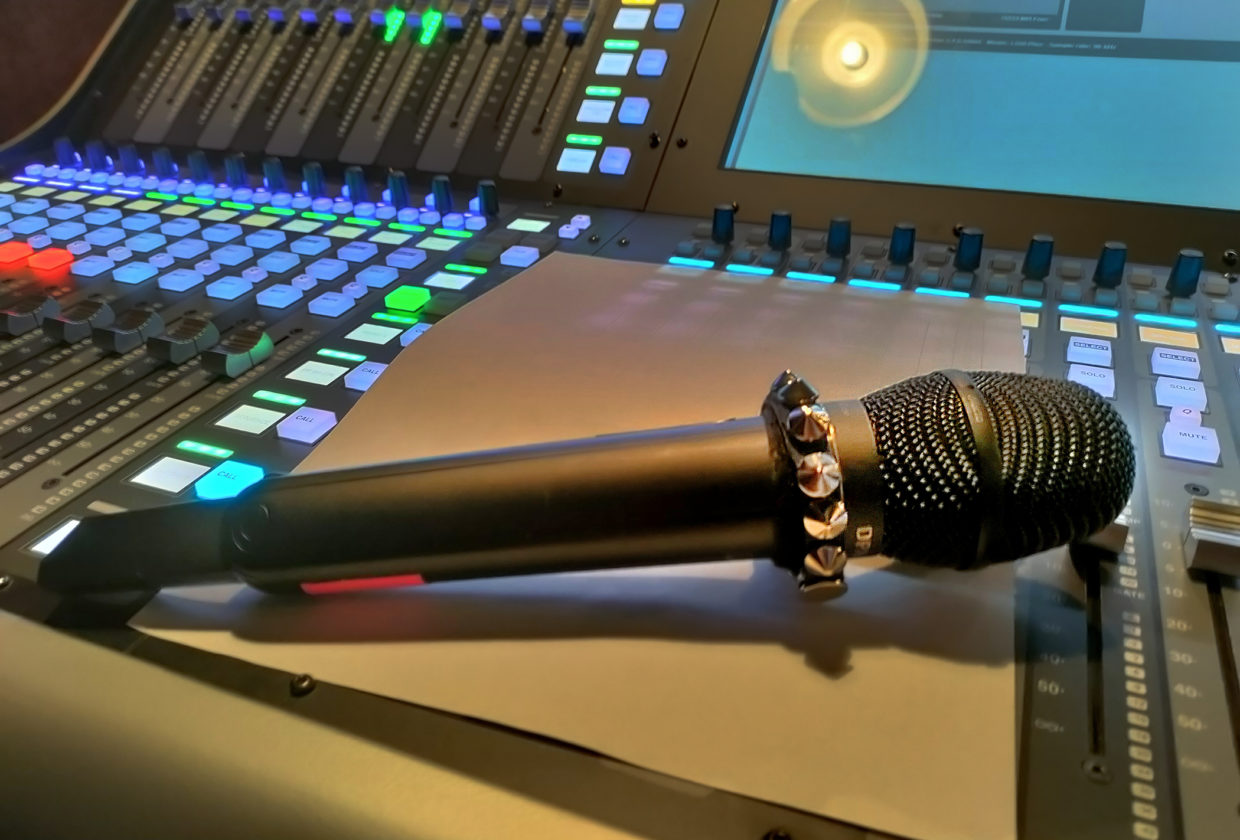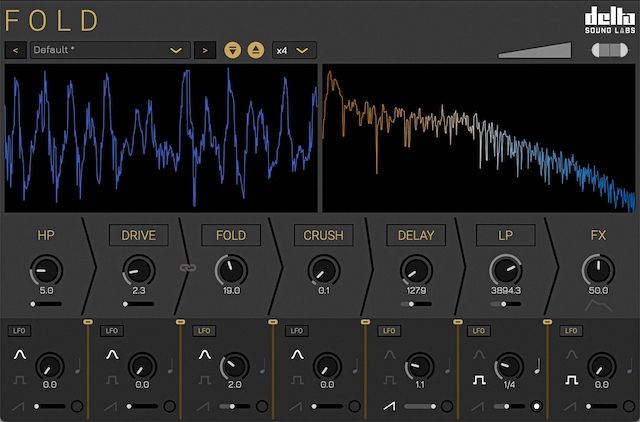Hats off to the Wu-Tang Clan for creating one of the cleverest uses of the word “cream.” If you aren’t already aware, the 1993 hip-hop classic “C.R.E.A.M.” stands for Cash Rules Everything Around Me. Borrowing from this idea, I’m going to use C.R.E.A.M. in another way (unfortunately, not as clever as Wu-Tang). As you continue to read, remember C.R.E.A.M. as “Composition Resides Everywhere Around Me.” If you are a composer, songwriter, or producer, it is essential to remember this. Yet, it easily gets buried in the white noise that comes with trying to pursue a career in the music industry. With that said, where do the opportunities live? They live in non-traditional licensing opportunities. By non-traditional, I’m referring to areas of licensing outside the traditional sync licensing opportunities mostly talked about in the music industry. Now don’t get me wrong, sync licensing can be very lucrative. This is a space I’ve lived in as a composer-producer for some time. However, as a curious individual, I began researching other ways to make passive income through licensing while being able to determine my fee and still keeping the rights to my music. Here are three areas that have served me well thus far:
- Straight Plays:
Unlike musical theatre, straight plays have little to no music and usually rely on sound design. When the director for my first theater composition gig asked me to write music for his group’s production of Bert V. Royal’s Dog Sees God, I was a bit confused. Being new to the theatre space, I asked where the music would go, he said “In the black outs.” Immediately, the lightbulb in my brain turned on and I realized that the music opportunities lie in the scene changes. When you write for straight plays ,keep in mind the following:
- Read the script…all of it…over and over. Highlight any emotional dialogue critical to the story.
- Ask the director if they have a specific music genre preference.
- Keep the transition music short. Scene changes happen fairly quickly, so it is important to keep your tracks to approximately 25-30 seconds max.
- Since the tracks are short, the emotion you are trying to elicit would have to appear within the first 10 seconds of the music.
If you are new to the theater world, you may be asking “What is the payout?” If you create around 25+ tracks (at 25-30 seconds per track), an entry asking rate is around $600. This may not sound like much, but once you created the music for the show, you can then license the music to another group performing the same show. Just make sure in your contract it states that you keep the rights to your music. This is very important to remember. You can begin soliciting yourself as a composer-songwriter to local community theater groups, local performing arts not-for-profit groups, high school and/or college/university theater programs. Connecting with local directors on social media can work, too.
- Dance:
Choreographers and dance companies are often looking for original music to avoid copyright infringements. Smaller groups may not have the funds to license music from larger artists, but if they can connect with a composer-songwriter who can create music similar to what they desire, it’s a big win for them! When you write for dance productions keep in mind the following:
- Ask the choreographer if you can film a rehearsal of the production. From my experience working in this space, the choreography is usually complete. It just needs to align with the music.
- Watch the footage and pay attention to the speed of the dancer(s)’ movements. Some choreographers do not work with a specific tempo, so it is important to compose the music within a tempo range (e.g. 70-78 bpm) rather than a specific tempo (e.g. exactly 76 bpm). This rule only applies if no tempo is established by the choreographer.
- Communicate with the choreographer often, to make sure you are carrying out their vision musically.
Your composition is done. Now, what is the payout? If you create music for a (approx.) one-hour production, an entry asking rate is around $2,000. In your contract, negotiate to keep the rights to your music. By doing so, you are able to sell/stream the soundtrack and collect additional income. You can also license the music to film/media projects. Maybe one of your songs sounds like it would be in a luxury car commercial. Pitch it that way. You may surprise yourself. As with theater, you can begin soliciting yourself as a composer-songwriter to community dance groups, private dance studios, high school and/or college/university dance programs. Connecting with local choreographers on social media can work, too.
3. Micro-Syncs
There is an audience for everyone. Social media continue to prove this every day. Now that you are able, in the palm of your hand, to create and post short video content, musicians are offered additional exposure and income opportunities through micro-syncs. Without a doubt, it can be difficult to capture a listener’s attention when they have many options, but it is not impossible. You just need to be strategic. Keep in mind the following when seeking micro-sync opportunities:
- Look for up-and-coming influencers whose content you can relate to. For example, I once reached out to a dog influencer (yes, I said dog) named Coco. Coco was averaging 100 new followers per day. I love dogs, so I connected with the owner and offered, for free, to create 1-minute songs for future videos. I stipulated that, in return, I keep the rights to the music and the music royalties from the streams. I offered to do it for free because I knew that if I managed this project correctly, this short soundtrack would allow me to generate new listeners, new followers, and passive income.
- Post about your song/soundtrack on social media often and use hashtags that would attract others who could benefit from your music. With the example of Coco, two hashtags I used often were #dogsofinstagram and #doglovers.
- Like and post a comment on profiles that use your music on their videos. Thank them for using your track and lead them to other songs that they may also like to use via a “link in bio” option.
In closing, keep your eyes open to any non-traditional composition opportunity, and if you don’t like what you see, then create one. Remember C.R.E.A.M. Still have questions? Feel free to reach out to me at nizcomusic.com. – JESSICA MUÑIZ-COLLADO
JESSICA MUÑIZ-COLLADO is a Music Career Consultant, Composer-Producer, and Assistant Professor of Music Business at the University of North Texas. Reach her at [email protected]














